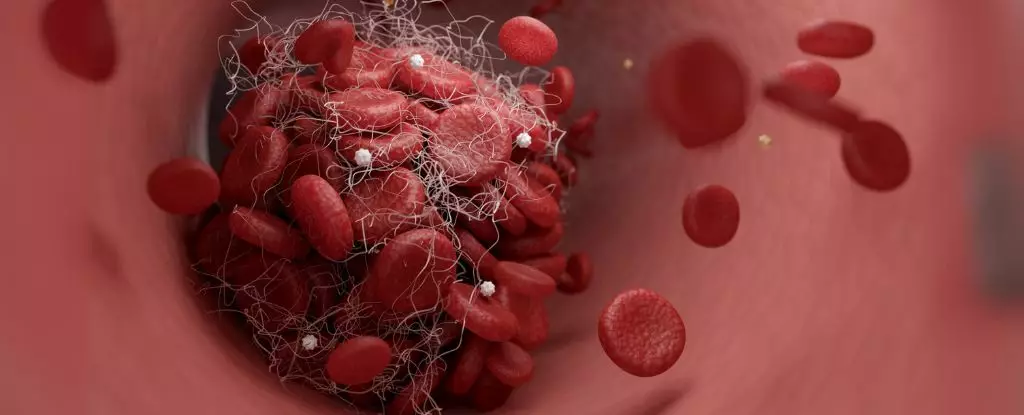Stroke is an insidious health crisis that often strikes without warning, leaving in its wake devastation and uncertainty. As someone intimately familiar with the world of neurocritical care, I have been a front-row witness to the catastrophic impacts of strokes on both patients and their caregivers. It’s startling to realize that despite being a leading cause of mortality and long-term disability, stroke is largely preventable. The urgency of stroke prevention is underscored by the alarming rise of strokes among younger adults under age 55, challenging the stereotype that it primarily afflicts the elderly.
Understanding stroke risk factors is key to empowering individuals and communities to take proactive measures. While older age, biological factors, and genetic predispositions contribute to stroke risk, lifestyle choices play a staggering role. Unchecked hypertension, unhealthy diets, and obesity are no longer conditions confined to older generations; they are prevalent among younger populations, often exacerbated by socioeconomic disparities that restrict access to quality healthcare.
The Comprehensive Risk Landscape
It is crucial to recognize that stroke risk factors can be modifiable or non-modifiable. Non-modifiable factors include age, gender, family history, and certain genetic predispositions. For instance, women face unique vulnerabilities due to pregnancy complications and contraceptive use, highlighting the nuanced understanding needed when addressing stroke risk. On the other hand, modifiable factors—such as smoking, excessive alcohol intake, lack of physical activity, and poor dietary habits—are vital areas where individuals have the power to effect change.
Socioeconomic status significantly influences health outcomes. Research indicates that individuals from lower income brackets are disproportionately affected by strokes due to a combination of unhealthy lifestyle habits and inadequate access to effective healthcare. This stark inequality accentuates the need for targeted public health initiatives that provide education and resources to high-risk populations.
Empowering Change Through Lifestyle Modifications
The good news is that individuals can dramatically lower their stroke risk through straightforward lifestyle changes. Below are some actionable strategies that can be implemented immediately to achieve better health outcomes:
1. Quit Smoking: One of the most critical changes anyone can make is to stop smoking. The habit increases stroke risk by more than double, damaging blood vessels and increasing blood clots. Support systems such as counseling and cessation programs can be vital aids in this endeavor.
2. Manage Blood Pressure: Regular monitoring of blood pressure is crucial for preventing strokes. High blood pressure weakens blood vessel walls and can lead to clots. By adopting a balanced diet, engaging in regular exercise, and reducing salt intake, individuals can significantly mitigate this risk factor.
3. Control Cholesterol Levels: High cholesterol predisposes individuals to stroke, especially when combined with high blood pressure. A health-conscious diet that limits saturated fats, sugar, and processed foods is essential for maintaining favorable cholesterol levels.
4. Monitor Blood Sugar: High blood sugar levels can lead to vascular damage, increasing stroke risk. Engaging in a nutritious diet rich in whole grains and fiber, along with regular physical activity, can help maintain balanced glucose levels.
5. Achieve and Maintain a Healthy Weight: Obesity is a leading stroke risk factor. Reducing body weight through a combination of diet and exercise not only lowers stroke risk but enhances overall health and well-being.
6. Adopt a Mediterranean Diet: Emerging evidence suggests that diets rich in fruits, vegetables, whole grains, nuts, and healthy fats—like the Mediterranean Diet—can significantly reduce stroke risks. It encourages sustainable eating practices and promotes heart health.
7. Prioritize Sleep: Sleep is often overlooked in health conversations, but it plays a critical role in stroke prevention. Aim for 7-9 hours of quality sleep each night to support overall health and maintain optimal blood pressure.
8. Stay Active: The NHS recommends regular physical activity, advocating for at least 150 minutes of moderate exercise weekly. Engaging in various activities not only reduces stroke risk but also bolsters mental health.
While the journey toward stroke prevention demands awareness and effort, it is undoubtedly feasible. Communities must come together to share knowledge and resources so that individuals can embark on a path toward improved health. By embracing the power of informed choices and supportive environments, we can collectively work toward a future where stroke is no longer a silent threat but a preventable health challenge. It’s not just about survival; it’s about thriving.


Leave a Reply